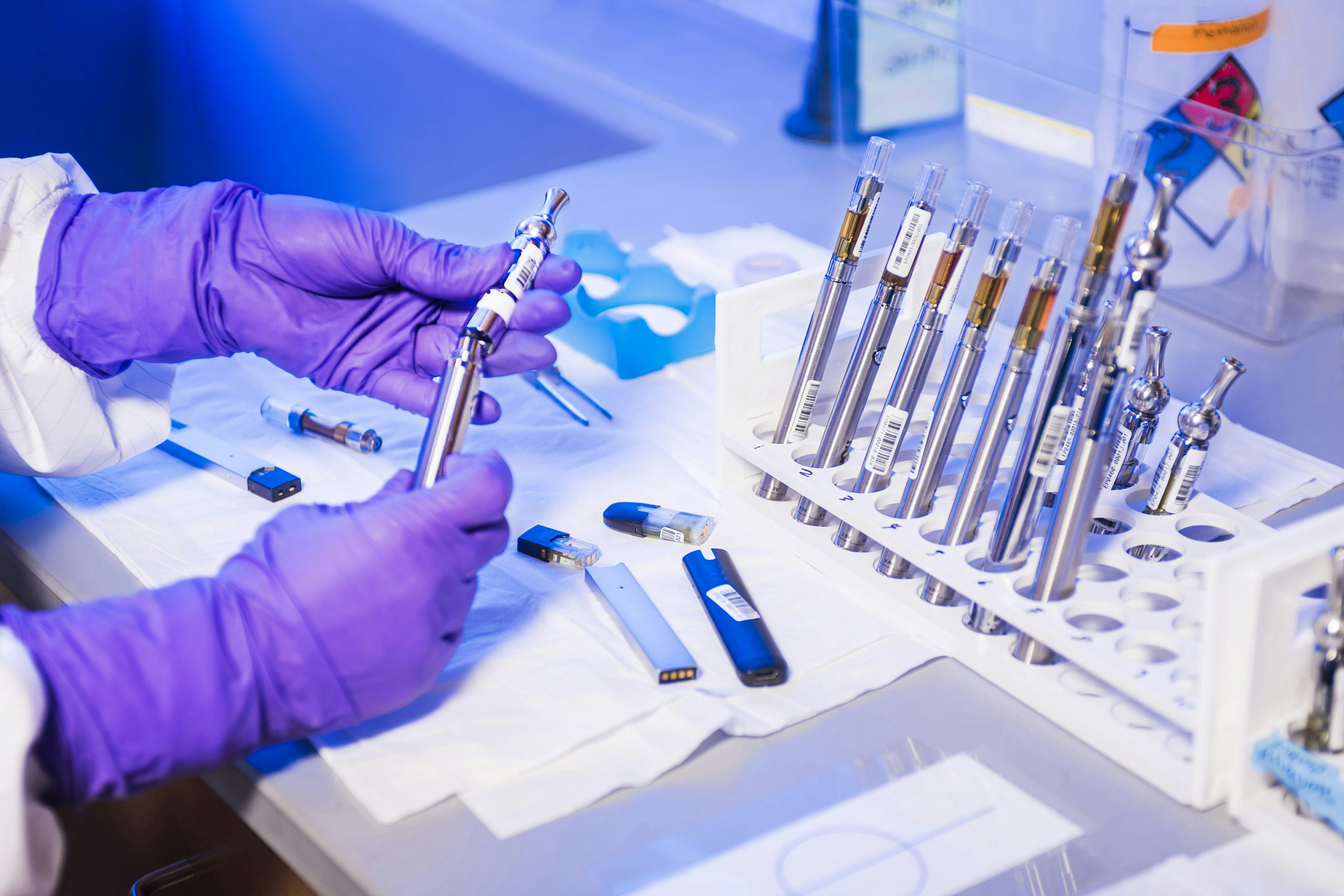We worked on the software-as-a-service cloud-based solution. Here is what we did:
●
Our team completed an intensive three-week discovery phase. Given the pressing deadline, we couldn’t revamp the entire platform and had to set priorities. During the discovery phase, we strategically identified the core features and modules that had to be rebuilt before the commercial launch. One business analyst and one
designer from our side introduced a design-first approach and drew Figma screens illustrating the selected features to show the client how each redesigned module will look.
After the discovery phase, we had a better understanding of the project and recalibrated the budget in line with the emerging priorities.
●
Our approach was to rebuild the modules identified in the discovery phase using React, while the rest would remain on Django, forming a hybrid solution. We also reskinned the Django modules to ensure a consistent look and feel throughout the system.
●
We transitioned the organ-on-a-chip research platform to a new monetization strategy. Our team integrated Stripe for a seamless payment system, enabling the client to collect monthly and annual subscription fees. We also revised the privacy policy, terms and conditions, and cookie policy to align with the new business model and ensure regulatory compliance.
●
Our team redesigned the platform’s homepage and login/signup pages in a way that ensures smooth navigation. According to the client’s stats, the original homepage had high bounce rates. It was so complex and counterintuitive that most users left quickly and never came back.
●
We revamped the search functionality and introduced convenient filters. Now users can switch between searching for studies and study components, with options to refine the search based on study type, organ models, compounds, cells, and more. It’s also possible to focus the search on studies containing videos, images, or omics data. Moreover, we remodeled the search results page so that users can easily access and compare the displayed studies.
●
The ITRex team performed
manual quality assurance testing of the React application across both Windows and MacOS platforms. And in response to the client’s request, we also tested the old Django solution for critical bugs.
●
Numa Biosciences was deeply impressed with our team’s competence and motivation. Here is an excerpt of the client’s testimonial.
“Your professionalism, meticulous attention to detail, and unwavering commitment have set a benchmark for excellence. Your technical prowess and innovative problem-solving skills have been nothing short of extraordinary, paving the way for seamless project execution. The exemplary teamwork and people skills displayed throughout the project truly set this team apart. It’s not just about the code you wrote or the systems you implemented; it’s about the way you supported each other, creating an environment where success was inevitable.
Your collective efforts have not only met but surpassed all expectations.”




















